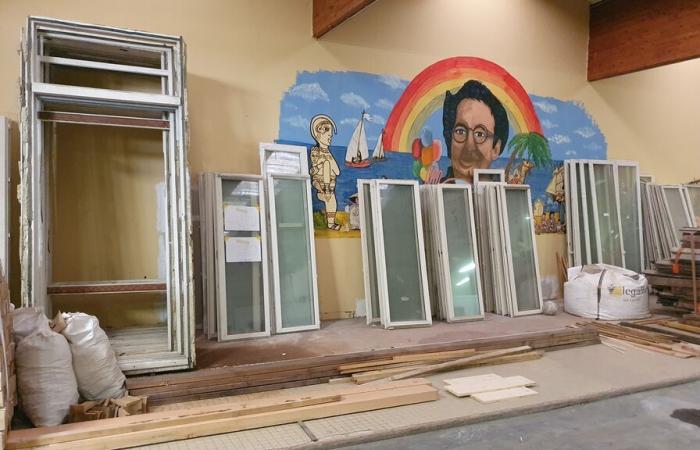Mission accomplished. After two years of work, the research project Spirou, acronym for “Securing innovative reuse practices via a unified offer” delivers its results.
The CSTB, pilot of the project in partnership with Qualiconsult, Mobius Reemploi, A4MT and the Reuse Booster, have managed to define the best methods to secure the reuse of ten product families: wooden door sets and fire-rated door sets, ceramic sanitary ware, carpet tiles, industrial wooden frames, water radiators, electrical cabinets and modular protections, lighting fixtures, lime mortar bricks, mineral cladding and ducts rigid galvanized ventilation.
Several technical sheets are freely accessible on the Ademe website, which supported the project alongside the public authorities (Directorate General for Risk Prevention – DGPR and Directorate General for Planning, Housing and Nature – DGALN).
What method to deal with regulations?
Five types of tools, organized by product family, are now available. The first include ten methodological notes, highly anticipated by the industry. Their ambition is to list the main scientific and technical obstacles which must be lifted to facilitate and increase reuse. For example, the sheet dedicated to wooden structural elements draws on the rules and standards in force to present the performances to be respected (first of all mechanical resistance, but also to biological attacks.
READ ALSO
Reuse: Ifpeb details the levers for scaling up
The elements must also respect sanitary quality and fire regulations). Justifications will have to be provided accordingly. They must be based on historical knowledge, that is to say on technical sheets from the manufacturer, files of works carried out, technical opinions, etc. Checks must be carried out on site or during sorting. Laboratory tests on a sample are also to be expected.
The sheets also emphasize the points of vigilance, such as the diagnosis, removal which must be taken care of, transport, storage, characterization and reconditioning. Each of these detailed sheets are included in summary form.
Traceability, durability, dismantling
Another note of around twenty pages gives the recommendations to be respected from the design stagein order to design products like works for their future reuse. Thus, Spirou project experts recommend that manufacturers provide traceability for their products, optimize their durability by avoiding dangerous substances, and promote their disassembly. The Spirou project also delivers analysis of key factors likely to impact the economic model of reuse sectors.
Finally, the last deliverable of the research project, a roadmap for creating a reconditioning business is available. With the example of the brick family, it includes an inventory of the right questions to ask as part of the development of a reconditioning activity, the points of vigilance, and opens avenues for moving forward.
READ ALSO
Reuse: Spirou takes a small step towards massification






